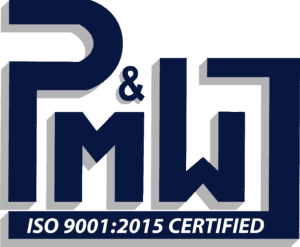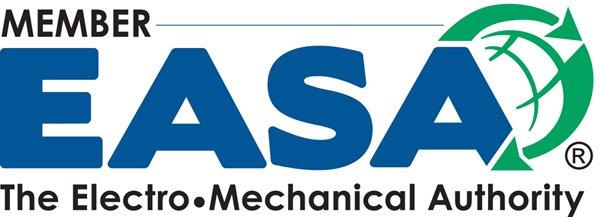When it comes to ensuring the reliability and efficiency of electric motors, insulation resistance testing plays a crucial role in preventive maintenance practices. In the world of motor testing standards, IEEE 43 sets the guidelines for conducting insulation resistance tests on motors. Understanding the principles behind IEEE 43 and how to effectively perform motor insulation resistance testing is essential for maintaining the operational integrity of electric motors. Let’s delve into the key aspects of IEEE 43 and explore the significance of insulation resistance testing in motor maintenance.
The Significance of Insulation Resistance Testing
Insulation resistance testing is a fundamental diagnostic tool used to assess the condition of the insulation system in electric motors. The insulation system in a motor serves the critical function of preventing current leakage and maintaining the integrity of the electrical components. Over time, factors such as temperature fluctuations, moisture, mechanical stress, and chemical exposure can degrade the insulation, potentially leading to electrical failures and motor malfunctions.
By measuring the insulation resistance, maintenance technicians can evaluate the insulation’s ability to resist current flow and identify potential issues such as insulation breakdown, contamination, or moisture ingress. Insulation resistance testing helps in detecting early signs of insulation deterioration, allowing for timely interventions to prevent costly motor failures.
IEEE 43 Standard for Insulation Resistance Testing
IEEE 43, officially known as IEEE Recommended Practice for Testing Insulation Resistance of Rotating Machinery, provides the industry-standard guidelines for conducting insulation resistance tests on electric motors and generators. The standard outlines the procedures, equipment requirements, and acceptance criteria for insulation resistance testing to ensure consistent and reliable results.
- Test Voltage: IEEE 43 specifies the test voltage levels based on the rated voltage of the motor. The test voltage is applied between the windings and the motor frame to measure the insulation resistance.
- Test Duration: The standard recommends the duration of the test based on the motor size and insulation system. Adequate test duration is essential to allow for stabilization of readings and accurate assessment of insulation condition.
- Acceptance Criteria: IEEE 43 provides guidelines for interpreting the test results and establishing acceptable insulation resistance values. Deviations from the specified thresholds indicate potential insulation issues that require further investigation.
Best Practices for Motor Insulation Resistance Testing
To ensure effective insulation resistance testing and reliable results, it is essential to follow best practices recommended by IEEE 43 and industry experts:
- Perform regular insulation resistance tests as part of routine motor maintenance schedules.
- Use calibrated insulation testers and follow proper testing procedures to minimize errors.
- Record test results systematically and compare them with previous measurements to track insulation degradation over time.
- Address any deviations from the acceptance criteria promptly by investigating potential causes and implementing corrective actions.
By adhering to these best practices and leveraging the guidelines outlined in IEEE 43, maintenance professionals can enhance the reliability, longevity, and performance of electric motors through effective insulation resistance testing.
For expert motor repair, maintenance, and testing services, contact The Pump & Motor Works, Inc. Our experienced technicians are equipped to handle all your motor-related needs with precision and efficiency. Contact us today to schedule a consultation.



